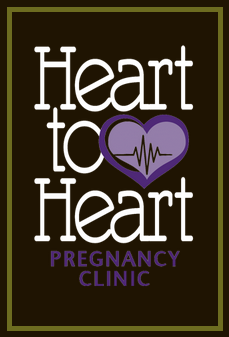Abortion Information
If you are considering abortion, it’s important to learn about the different types of abortion procedures that are available to you and the risks associated with each procedure. The type of abortion procedure you can have is dependent on how far along you are in your pregnancy as determined by your ultrasound.
The Morning After Pill
There is often a common misconception regarding the morning after pill (Plan B) and the abortion pill. The morning after pill is an emergency contraceptive that is taken after unprotected sex or birth control failure to prevent pregnancy, while the abortion pill is taken to effectively end a pregnancy after it is already confirmed. The pill can be taken up to 72 hours after sex. If it has been longer than 72 hours, the pill may be ineffective. Additionally, the morning after pill will not work if you are already pregnant and it will not protect you from any STDs/STIs you may have contracted during unprotected sex.
The Abortion Pill
The abortion pill is different from the morning after pill, as it must be taken once your pregnancy is confirm by an ultrasound. The abortion pill can be obtained at certain medical facilities and can be taken at home. It is a series of two pills, mifepristone and misoprostol, that are taken together to end a pregnancy. The first pill, mifepristone, cuts off the supply of progesterone to the fetus. Progesterone is a necessary pregnancy hormone that aids in fetal development. The second pill is taken six to 48 hours after the first one to induce labor. The side effects include heavy cramping and bleeding as the contents of the pregnancy exits the woman’s body. These symptoms may last up to one or two days. A woman must then return to a medical facility to ensure that the abortion was successful. If there are still contents of the pregnancy left in the body, there may be a chance that a surgical abortion procedure is needed to effectively end the pregnancy.
Surgical Abortions
Surgical abortion procedures are available to women who are more than 14 weeks pregnant. The first type of surgical abortion procedure is Manual and Vacuum Aspiration. This procedure involves using a syringe or vacuum to suck out the contents of the uterus once the cervix is dilated. Common side effects include cramping, nausea, sweating and faintness.
The second procedure is the Dilation and Evacuation abortion. This procedure combines vacuum aspiration, cervix dilation and curettage. Once a woman’s cervix is dilated, the doctor will scrape the contents of the pregnancy from the uterine wall, while using suction to remove the smaller portions. Then, forceps are used to remove any larger sections of the fetus. Common side effects include nausea, bleeding, and cramping which may last for two weeks following the procedure.
Have questions? Make a free and confidential appointment today and our caring and knowledgable staff can discuss abortion with you and address your questions and concerns. We will also provide you with updated information and resources so you can make an informed decision regarding your pregnancy.
Heart to Heart does not refer for or perform abortions.
Resources:
http://www.planbonestep.com/about-plan-b-one-step/taking-it.aspx
http://americanpregnancy.org/unplanned-pregnancy/abortion-pill/
http://americanpregnancy.org/unplanned-pregnancy/surgical-abortions/
https://www.healthline.com/health/surgical-abortion#recovery6

